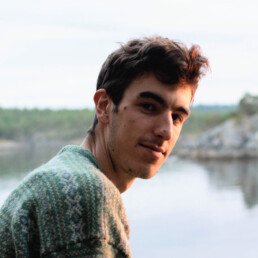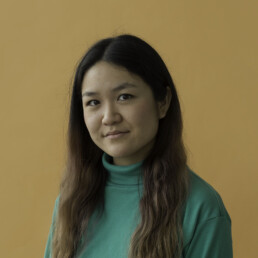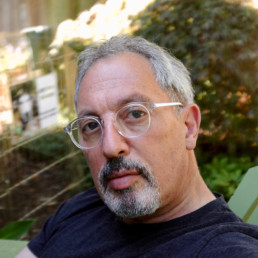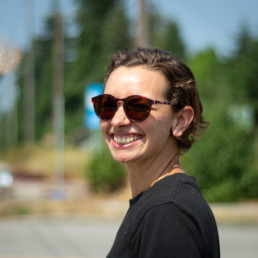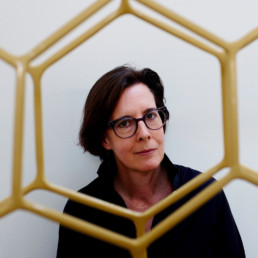The Failures of Public Art and Participation
This collection of original essays takes a multi-disciplinary approach to explore the theme of failure through the broad spectrum of public art and social practice.
The anthology brings together practicing artists, curators, activists, art writers, administrators, planners, and educators from around the world to offer differing perspectives on the many facets of failure in commissioning, planning, producing, evaluating, and engaging communities in the continually evolving field of art in the public realm. As such, this book offers a survey of currently unexplored and interconnected thinking, and provides a much-needed critical voice to the commissioning of public and participatory arts. The volume includes case studies from the UK, the US, China, Cuba, and Denmark, as well as discussions of digital public art collections.
The Failures of Public Art and Participation will be of interest for students and scholars of visual arts, design and architecture interested in how art in the public realm fits within social and political contexts.
Play Sculptures: Public Art in the Playground
A featured article by Cameron Cartiere published in Public Art Dialogue, Volume 12, Issue 1
The Routledge Companion to Art in the Public Realm
October 2020
The Routledge Companion to Art in the Public Realm is a forthcoming multidisciplinary anthology of essays that will fill an important gap in the current literature on the global arena of public art. It will do this through four distinct field topics, exploring the expansion of contemporary public art issues within and beyond the built environment.
- Activation: Activating public spaces, facilitating cultural participation, building community cohesion.
- Social Justice: Addressing issues of social justice.
- Memory and Identity: Telling the stories of a community or place and its history, memorializing significant events and actors.
- Ecology: Commenting on, or intervening in, ecological issues.
This thematic/topical approach highlights similarities and differences in the recent ‘globalisation’ of public art practices, while the multidisciplinary emphasis allows for a consideration of the complex outcomes and consequences of such practices as they engage different disciplines and communities of practice, and impact on a diversity of individuals and constituencies beyond existing ‘art world’ audiences.
This volume will highlight an international selection of artist projects to illustrate the companion themes, going some way towards constructing a truly global survey and ‘art history’ for art in the public realm. Co-editors Cameron Cartiere and Leon Tan deliberately sought out and included multiple voices/authors across a range of regions in order to examine how art in the public realm today implicates a host of local art and social histories beyond those pertaining to the ‘global north’.
Public Art Dialogue Journal
Co-editors in chief Cameron Cartiere and Jennifer Wingate (2017-2020)
Public Art Dialogue is the leading scholarly organization dedicated to public art. Its journal is the premier, peer-reviewed journal dedicated to art in the public realm, and serves as a forum for critical discourse and commentary about the practice of public art defined as broadly as possible to include: memorials, object art, murals, urban and landscape design projects, social interventions, performance art, and web-based work.
Routledge publishes the journal twice a year in print and electronic formats in English language. Most issues are theme-based, and each features both peer-reviewed articles and artists’ projects.
The Everyday Practice of Public Art: Art, Space and Social Inclusion
Edited by Cameron Cartiere and Martin Zebracki
The Everyday Practice of Public Art: Art, Space, and Social Inclusion is a multidisciplinary anthology of analyses exploring the expansion of contemporary public art issues beyond the built environment. It follows the highly successful publication The Practice of Public Art (eds. Cartiere and Willis), and expands the analysis of the field with a broad perspective which includes practicing artists, curators, activists, writers and educators from North America, Europe and Australia, who offer divergent perspectives on the many facets of the public art process.
The collection examines the continual evolution of public art, moving beyond monuments and memorials to examine more fully the development of socially-engaged public art practice. Topics include constructing new models for developing and commissioning temporary and performance-based public artworks; understanding the challenges of a socially-engaged public art practice vs. social programming and policymaking; the social inclusiveness of public art; the radical developments in public art and social practice pedagogy; and unravelling the relationships between public artists and the communities they serve.
The Everyday Practice of Public Art offers a diverse perspective on the increasingly complex nature of artistic practice in the public realm in the twenty-first century.
RE/PLACING PUBLIC ART: The Role of Place-specificity in New Genre Public Art
By Cameron Cartiere
Over the last several years the term place-specificity and its variant, place-specific has occurred frequently in relation to installations, permanent public art works, and public interventions. While place-specificity is now a recognised term, within many texts place-specific is often indiscriminately exchanged with site-specific, implying that the two terms are synonymous.
Based on theory and curatorial practice, this research explores a range of perspectives on the role of place-specificity within socially engaged public art practice. The study examines the difference between site and place and how place influences perceptions of specific locations through memory, history and experience and explores place as a subject, an artistic influence, and a social and cultural signifier.
The research reflects on the potential of place-specific public art to celebrate unique cultural differences, inspire international collaboration, and provide a forum for local distinctiveness in the face of globalization. The relationships between public art, site, space, and place explored in this work will be of interest to those in the fields of art, geography, cultural studies and architecture.
The Practice of Public Art
Edited by Cameron Cartiere and Shelly Willis
Wide-ranging and timely, The Practice of Public Art brings together practicing artists, curators, activists, art writers, administrators, city planners, and educators from the United Kingdom and United States to offer differing perspectives on the many facets of the public art process.
The Practice of Public Art examines the continual evolution of public art, from monuments and memorials to socially engaged public art practice. Topics include constructing new models for developing and commissioning public art works, understanding the challenges of public art vs. public design, and unraveling the relationships between public artists and the communities they serve. The Practice of Public Art offers a diverse perspective on the complex nature of public art in the twenty-first century.
The Manifesto of Possibilities
2008 to present by Cameron Cartiere and Sophie Hope
The Manifesto of Possibilities is a tool designed to help anyone commissioning public art in an urban environment. It has been used worldwide by hundreds of municipalities, public art officers and institutions, influencing numerous programs and municipal policies –from England to Japan, from New Zealand to the United States.
Developed from research by Cameron Cartiere and Sophie Hope and is a knowledge transfer mechanism that aims to inspire reflection, discussion and cohesive action for all those involved in commissioning public art.
Purposely designed as a poster/mind map (rather than a book or peer review journal article), one can immediately see that the commissioning process is a complex organism that involves multiple issues and participants. As a document on the wall, it helps support public art officers by holding the authority of the process particularly in discussions with developers who might want to steamroll through the process.
Through extensive debate (in person and online) with experts from a range of fields intersecting with public art, including architecture, urban planning, landscape design, and community engagement, the Manifesto of Possibilities incorporates the know-how of hundreds of public art practitioners, ensuring its viability and transferability.











